Polyvinyl chloride (PVC) artificial leather has a rich history dating back to the early 1940s when chemists first began experimenting with plastics as a substitute for leather. Over the years, this material has undergone significant advancements in its manufacturing process and quality, leading to its widespread use in a variety of industries today. From fashion to furniture, automotive to medical applications, PVC artificial leather has proven to be a versatile, durable, and cost-effective alternative to natural leather. In this article, we will take a closer look at the history of PVC synthetic leather and how it has evolved into the popular material we know today.
PVC leather – A brief evolved history
The high demand for genuine leather and rubber during World War I and the early 1900s, particularly for use in military applications such as boots, clothing, and tires, created a shortage of these materials. As a result, there was a need for alternative materials that could be produced easily and affordably. PVC leather emerged as a solution to this problem, as it could mimic the desirable properties of genuine leather and rubber. The discovery and production of petroleum-based plastics provided a solid foundation for the creation of new materials, including PVC-based synthetic leather.
The raw material vinyl chloride (used for synthesizing PVC today) was first invented by Justus von Liebig and his student Henri Victor Regnault in 1835. Due to its hazardous nature, vinyl chloride is not found in other products.
Until 1872, Polyvinyl chloride was first observed by German chemist Eugen Baumann when exposing a test tube containing vinyl chloride to sunlight, the resulting product was a white powder and its chemical nature has not been determined. However, at the time, he did not fully understand the chemical nature of the substance he had discovered. The year 1912 is commonly recognized as the year that PVC was discovered by Iwan Ostromislensky in Russia, and Fritz Klatte in Germany announced a PVC production process around the same time. However, early forms of PVC were not very stable or easy to produce, which limited their applications and prevented the material from gaining widespread attention.
In 1926, the first PVC plasticizer was developed in the United States by Waldo Semon, a chemist at B.F. Goodrich Company. He accidentally found a method to plasticize PVC when was working on developing a new type of rubber that could be used in a variety of applications. This is the first breakthrough to overcome disadvantages when processing PVC, which allowed the material to become flexible and elastic. Then, in turn, the research and patents on stabilizers for PVC were published. This discovery led to the commercialization of PVC – from plastic to based synthetic leather and paved the way for the development of many other PVC-based products.
By 1933, many forms of PVC had been synthesized in the US and Germany, but it was not until 1937 that PVC was manufactured on an industrial scale with a complete process in Germany and then deployed in the US. PVC synthetic leathers have been first manufactured as early as 1940 and used in footwear, automobile interiors, and furniture upholstery.

PVC manufacturing in Vietnam
From the early years of the 1960s, Vietnam has been able to produce PVC, but in the context of war, production was small-scale and uneconomical, so the PVC production industry had to stop early. In the 1990s, the domestic plastic processing industry developed strongly with an average annual growth rate of up to 28%. In 1990, domestic plastic consumption was 0.5 kg per person, and by 1996, it had increased to 5.7 kg per person. All imported raw plastic, one third of which was PVC, came in two forms: PVC powder and PVC pellets containing plasticizers, stabilizers, and colorants. The Vietnamese plastic industry began to rebuild in 1998 with the presence of the TPV Vina joint venture (formerly Mitsu Vina). At the end of 2002, the second PVC manufacturer joint venture between Petronas Malaysia and Ba Ria-Vung Tau also entered the market.
PVC artificial leather is widely used in Vietnam and is a popular alternative to natural leather in various industries.
PVC leather – A variety of applications
PVC artificial leather is used as an alternative to natural leather thanks to its outstanding advantages, such as water resistance, ease to clean, and various options for colors and designs. Therefore, it has many applications in today’s life
- Furniture upholstery
Interior is one of the fields where you can easily see artificial leather in its products. PVC synthetic leather becomes popular in sofas as well as other furniture thanks to it has many advantages, such as water resistance, long lifespan, ease to clean, and has various types and colors. Besides, it also has a reasonable price when compare with natural leather furniture.
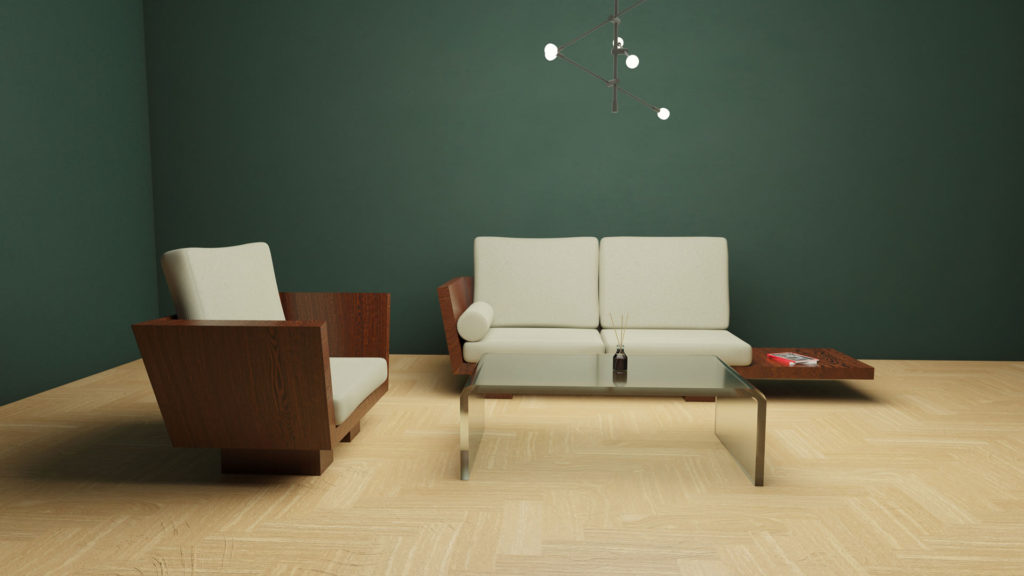
- Automobile interior
With the characteristics of synthetic leather is effectively waterproof, making cleaning easier, so this type of leather is often applied in the automotive field.

- Fashion
This is the second industry to change to using PVC imitation leather to gradually replace natural leather. In the past, genuine leather was often favored by high-end fashion, but the decline of rare animals and the lack of humanity has caused human behavior to change. Besides reducing the number of animals, the process of producing genuine leather also causes many harmful impacts on the environment, affecting the ecosystem and human life. So, instead of using genuine leather, designers start using artificial leather, which is not only harmful to the ecosystem but also has many patterns and colors.

- Notebook
Artificial leather notebooks cover are gradually becoming more popular than ever. The printing of your favorite logo, brand, and slogan on the surface of the leather notebook has both created a unique impression of the owner of the notebook and made a strong impression on the people around.
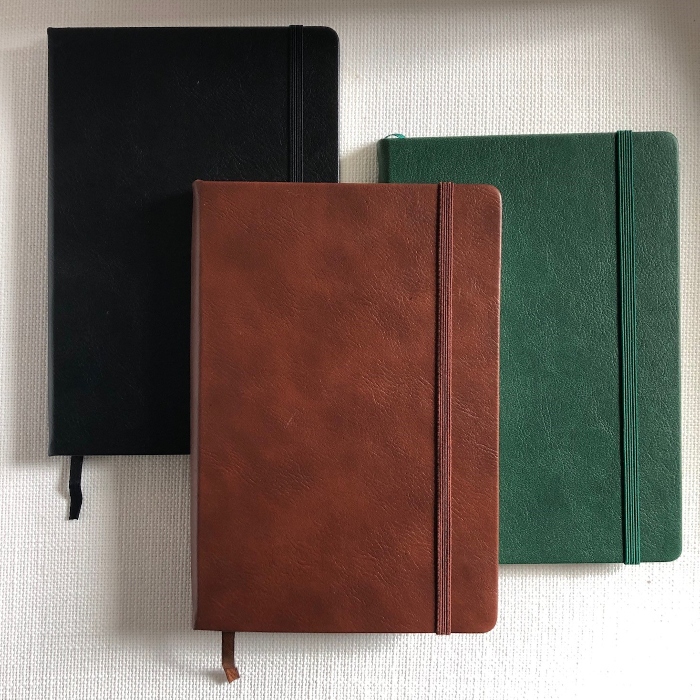
The Impact of PVC on the Worldwide Industry
PVC has been a game-changer for various industries due to its low cost, durability, and versatility. This has made it a popular alternative to traditional materials like metal and wood, and it has been widely used for a diverse range of products. For instance, the construction industry has benefitted from PVC pipes, roofing membranes, and siding due to their corrosion resistance and affordability. Similarly, the consumer goods industry has taken advantage of PVC’s waterproof and lightweight properties for manufacturing clothing, shoes, and inflatable products.
However, the production, use, and disposal of PVC have also raised significant environmental and health concerns. The production of PVC releases dioxins, a highly toxic group of chemicals, into the environment. PVC products can also release phthalates, which are endocrine disruptors that can have adverse effects on human health, especially in children.
Furthermore, the disposal of PVC products is problematic, as they do not biodegrade and can release toxic chemicals when burned. These negative impacts have led to efforts to develop more sustainable forms of PVC and improve the recycling and disposal of PVC products.
In conclusion, PVC has had a transformative impact on various industries due to its affordability, durability, and versatility. However, the negative environmental and health impacts associated with its production and disposal cannot be ignored, and efforts must be made to develop more sustainable forms of PVC and minimize its impact on the environment and human health.
Conclusion
PVC synthetic leather has a long and evolving history that began in the early 1940s. It has since undergone significant advancements in its manufacturing process and quality, making it a versatile, durable, and cost-effective alternative to natural leather. Its popularity extends across many industries, from fashion to furniture, automotive to medical applications. PVC artificial leather’s water resistance, ease of cleaning, and various options for colors and designs have made it a desirable material for furniture upholstery, automobile interiors, fashion accessories, and notebook covers. Despite its advantages, its negative environmental and health impacts cannot be ignored. Efforts must be made to develop more sustainable forms of PVC and reduce its impact on the environment and human health. As demand for sustainable and eco-friendly materials increases, PVC synthetic leather is likely to remain a popular choice in many industries.
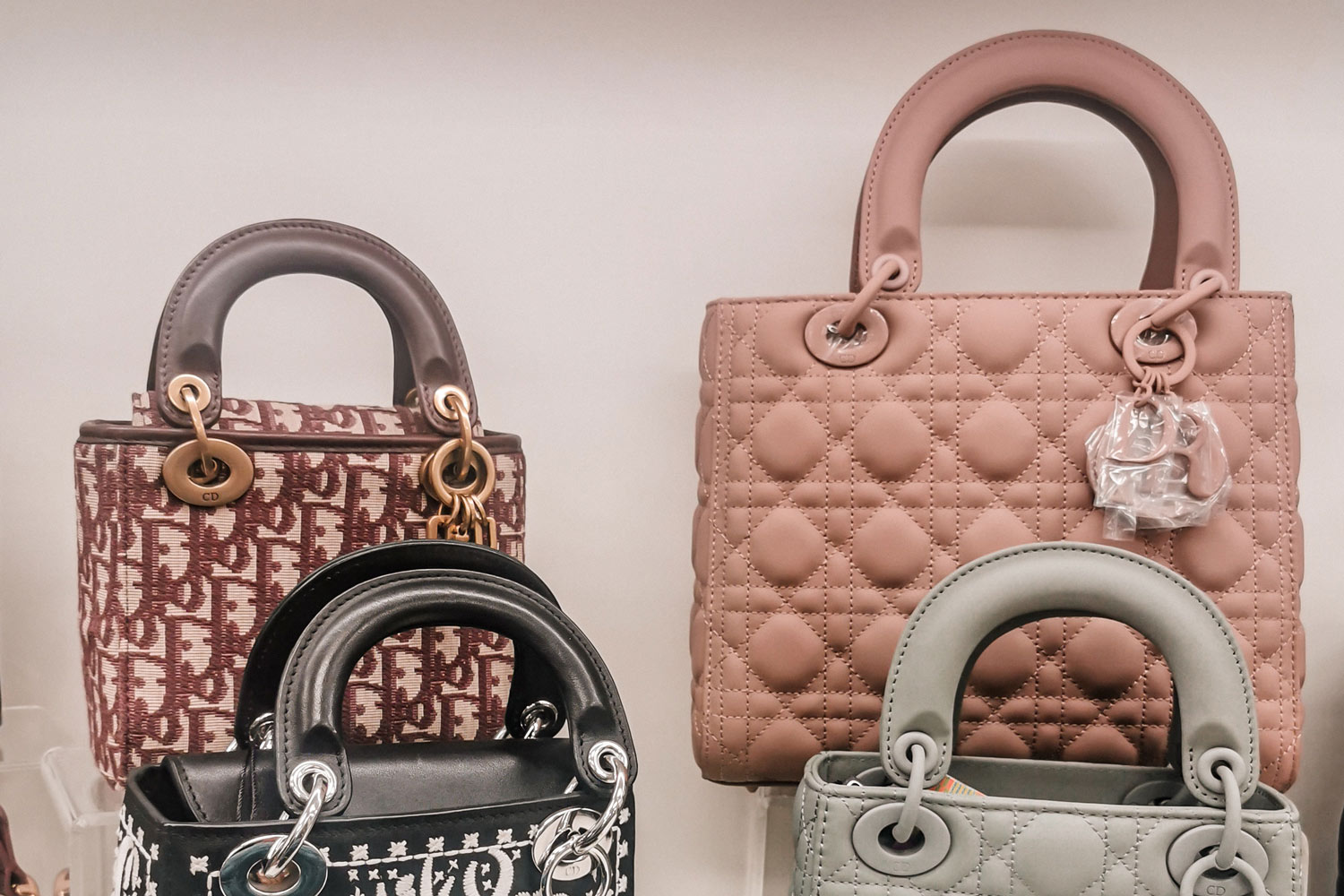
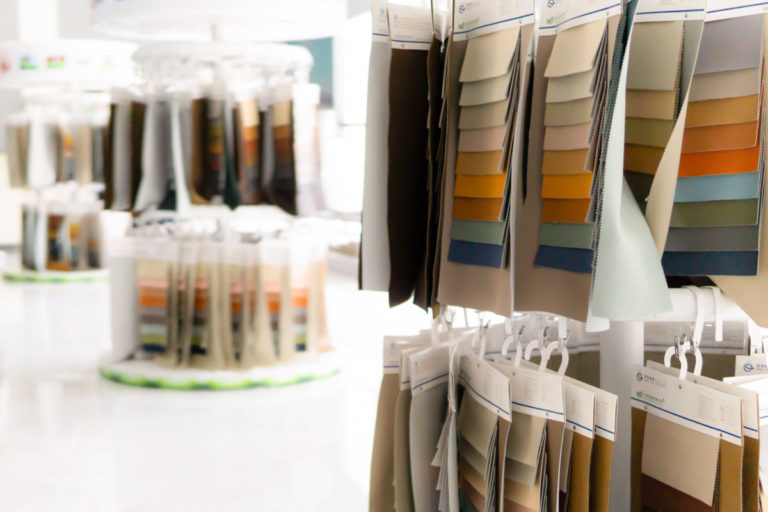
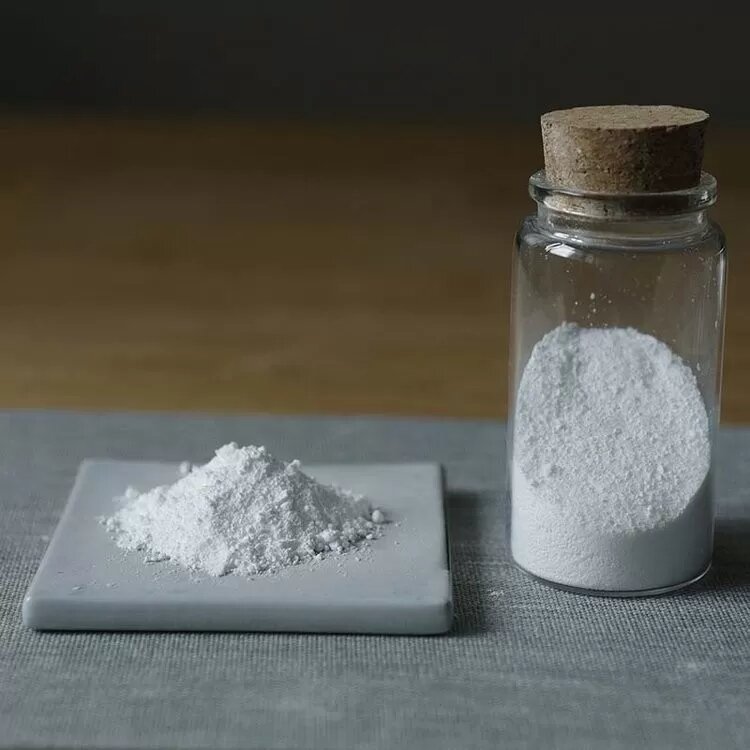
Leave a Reply